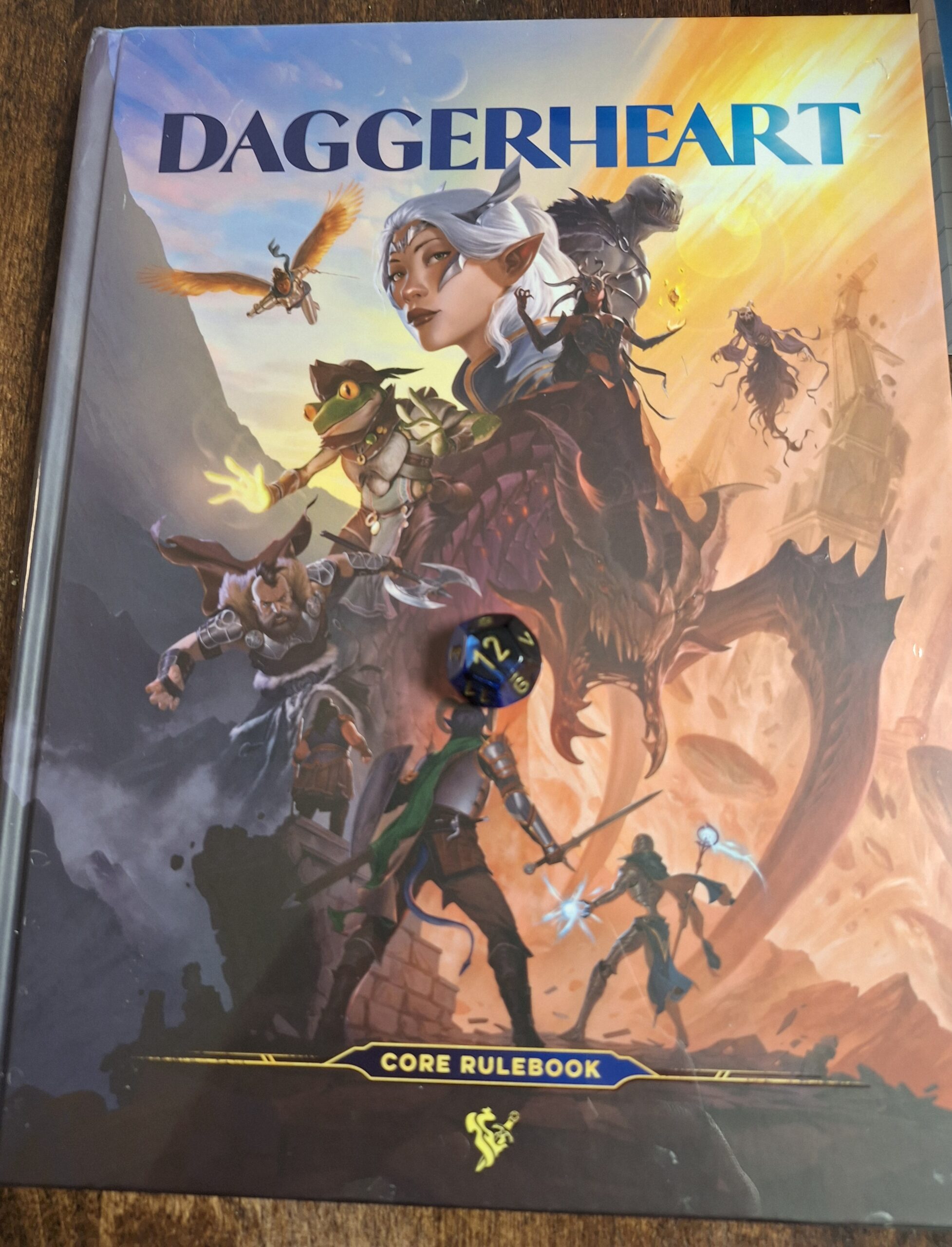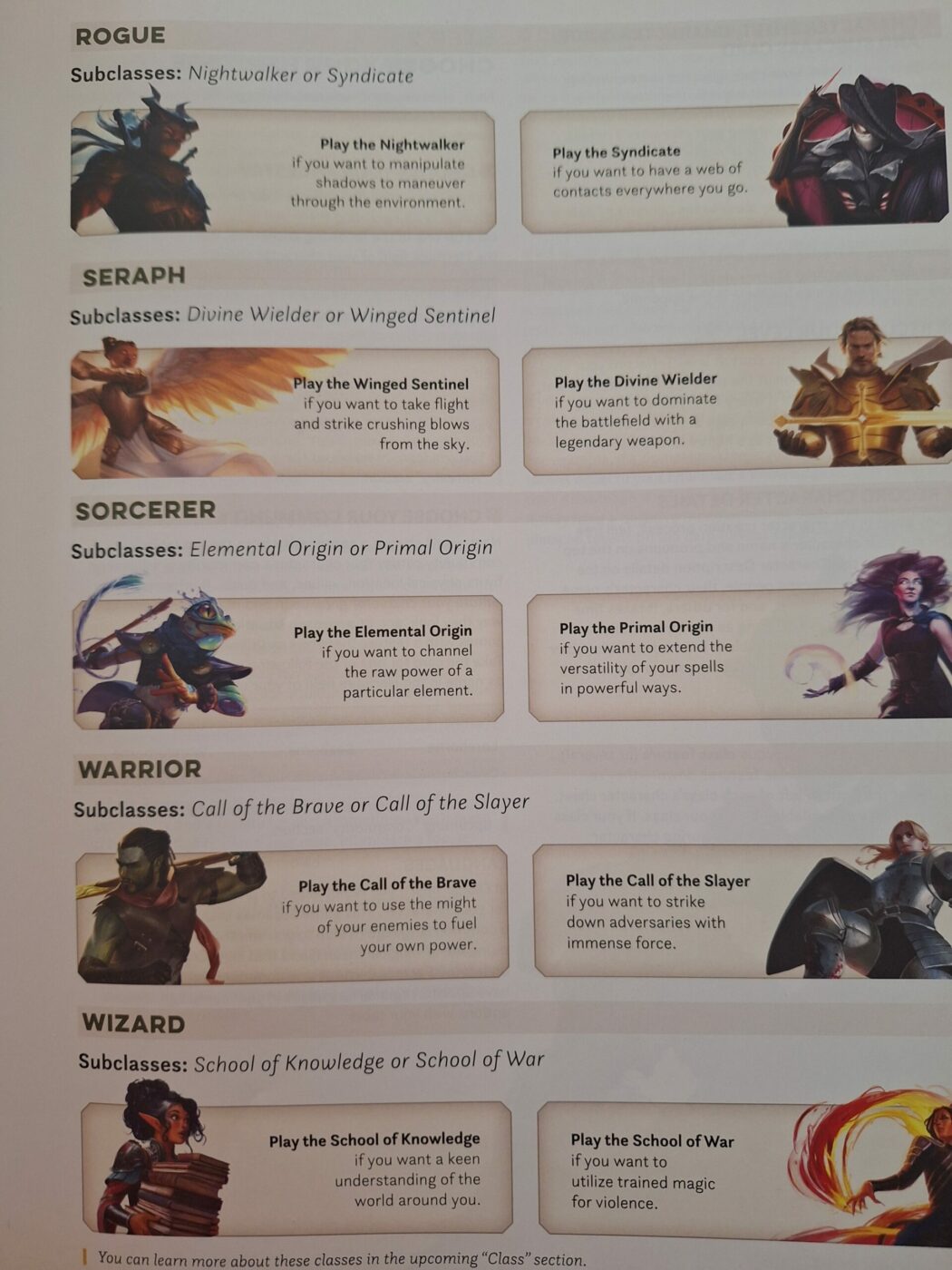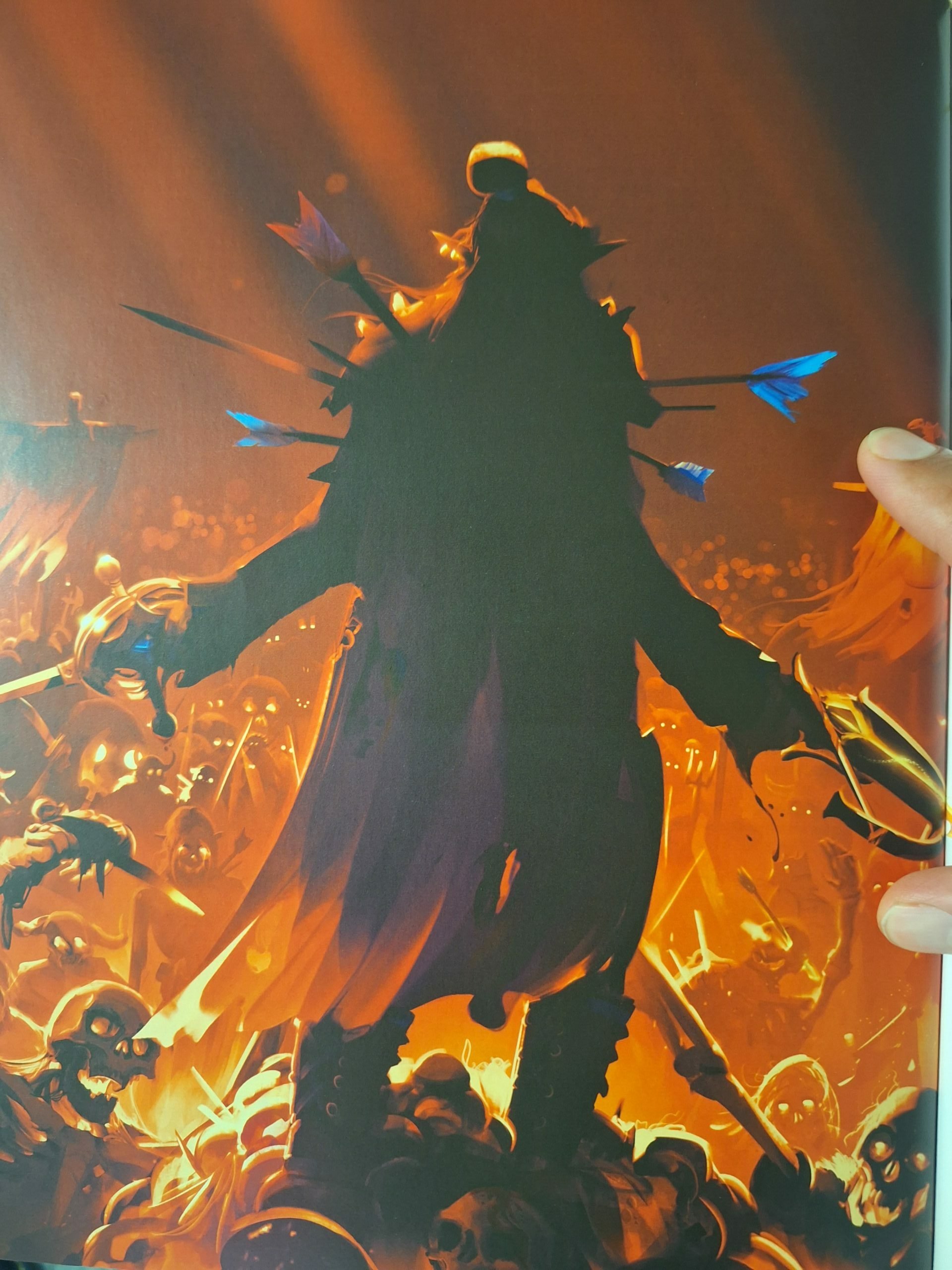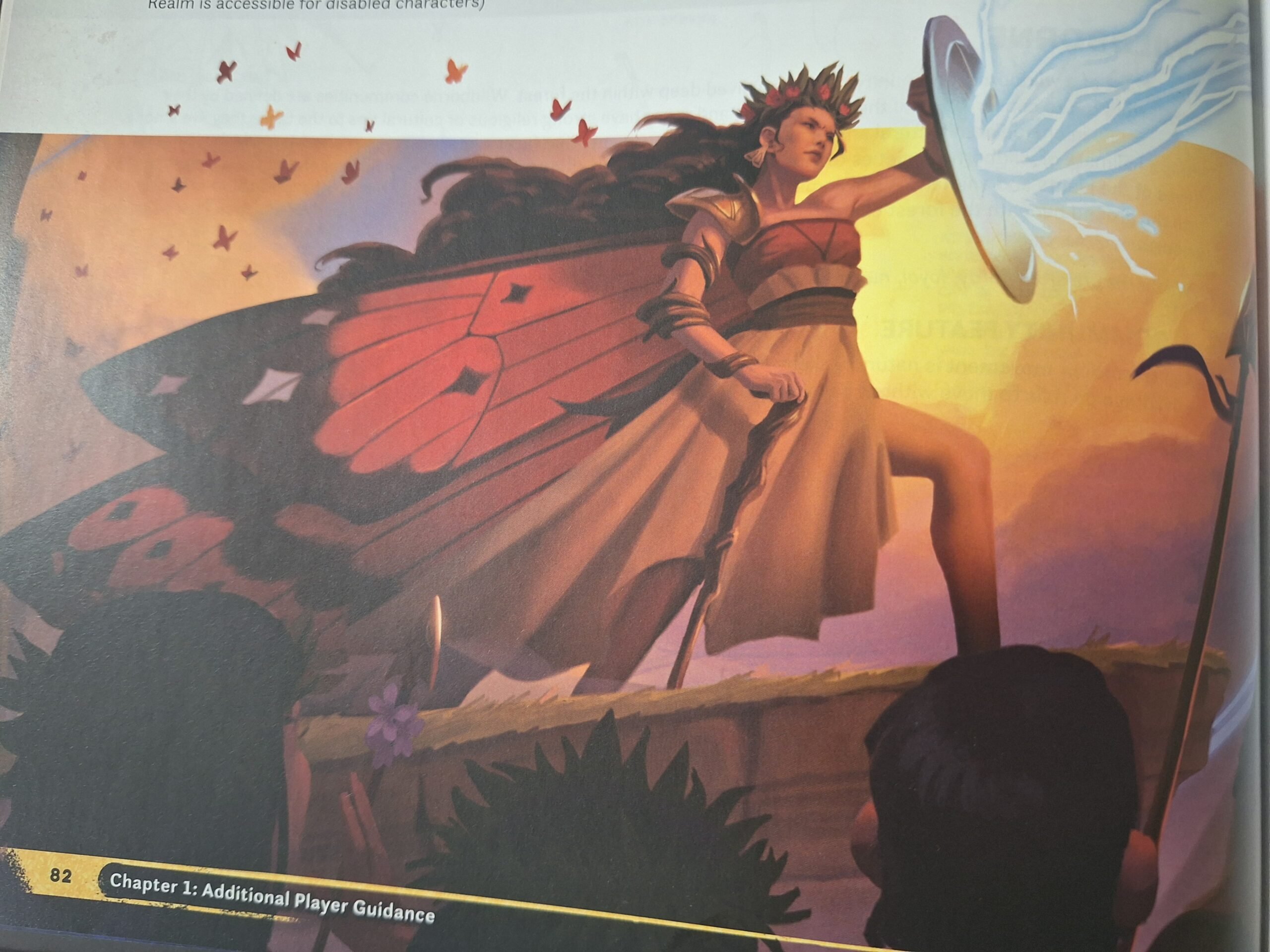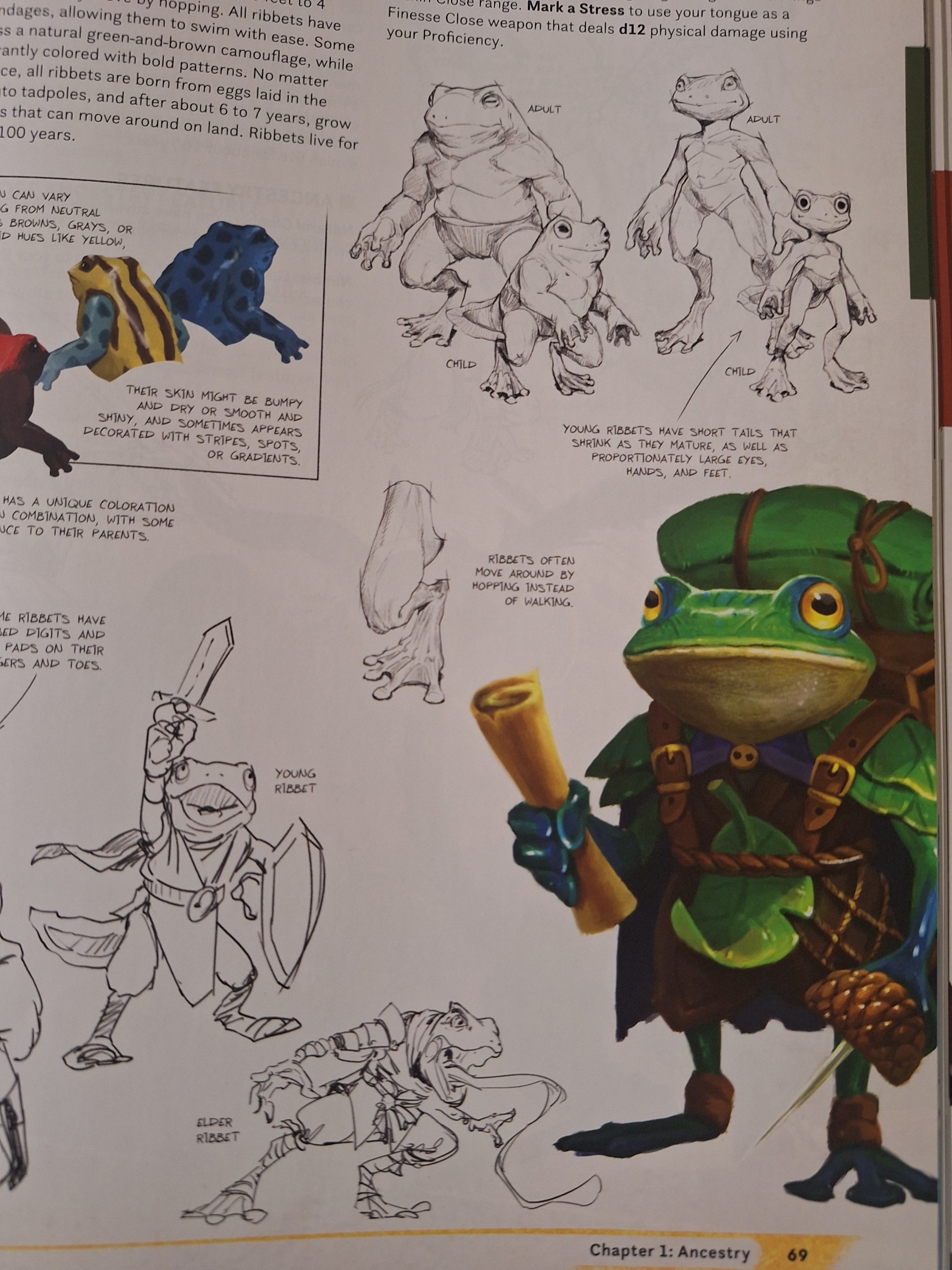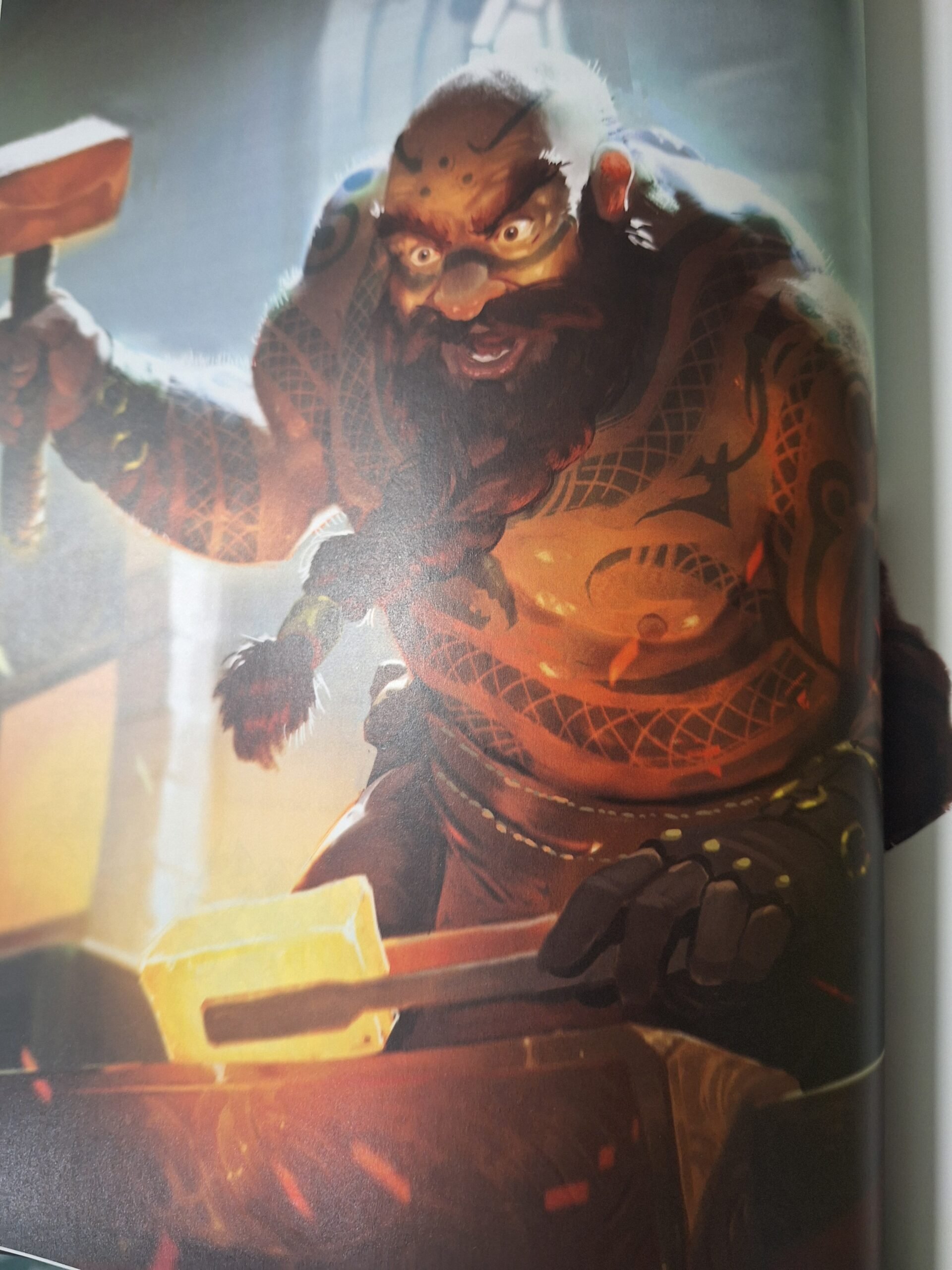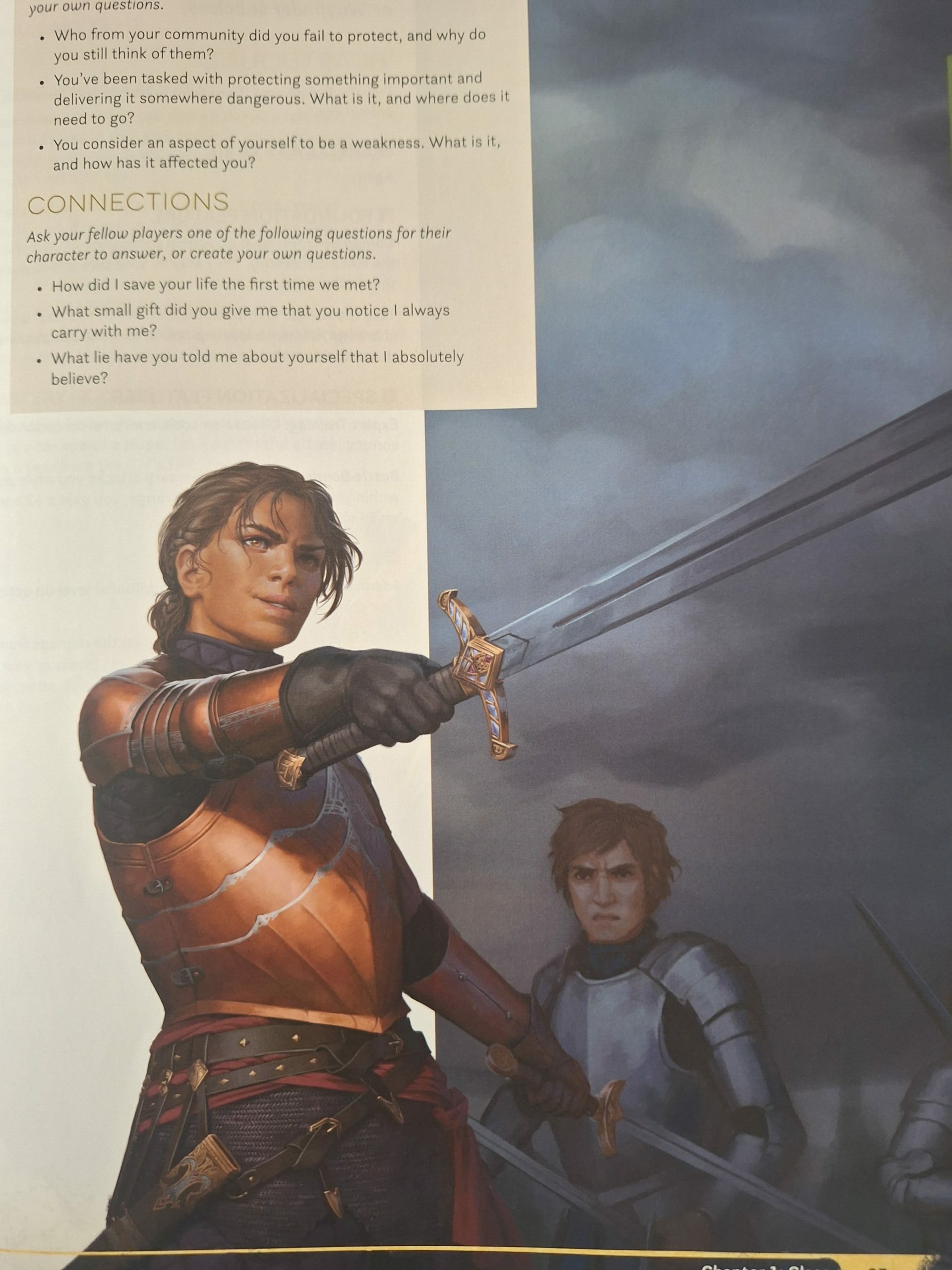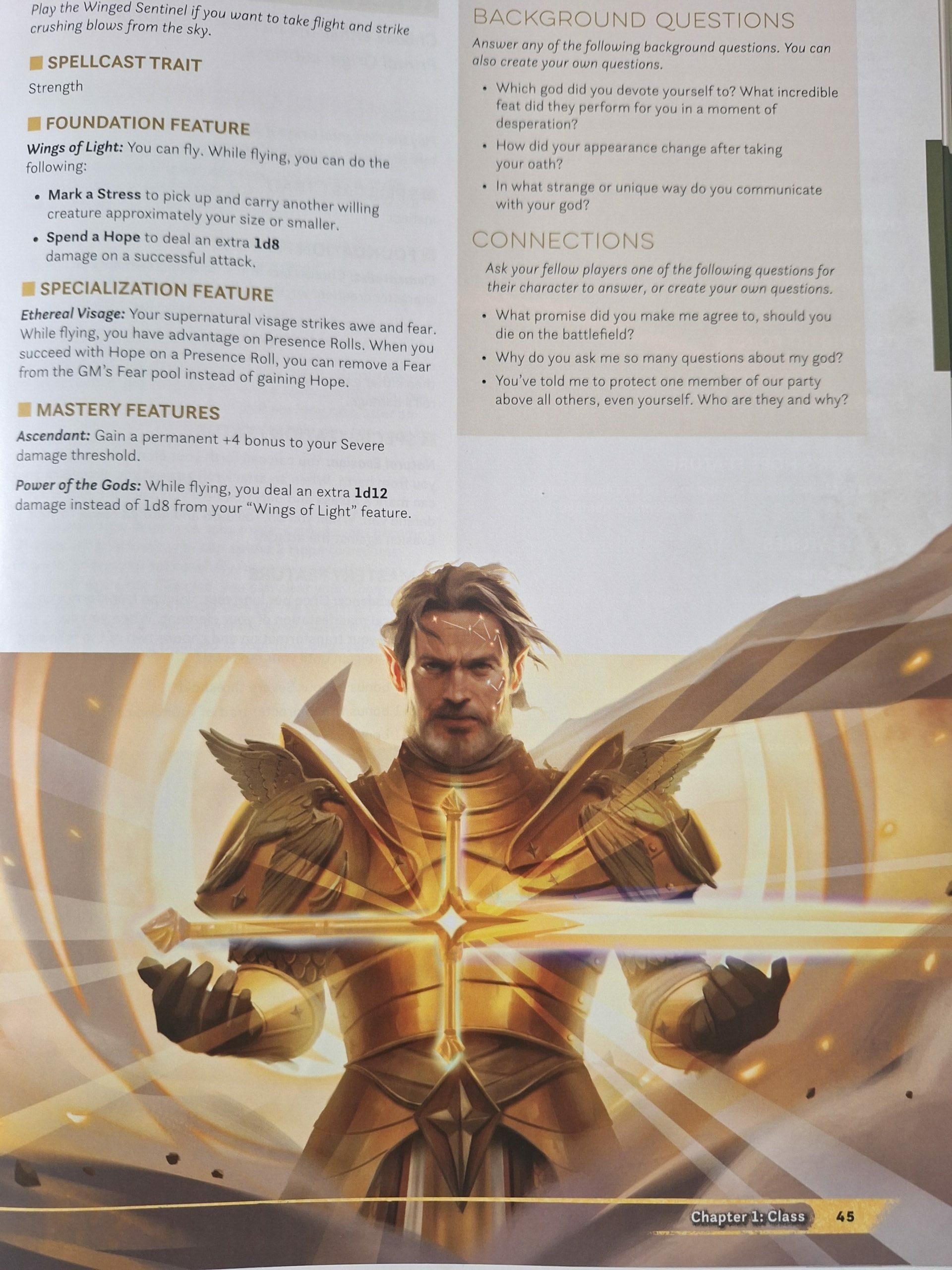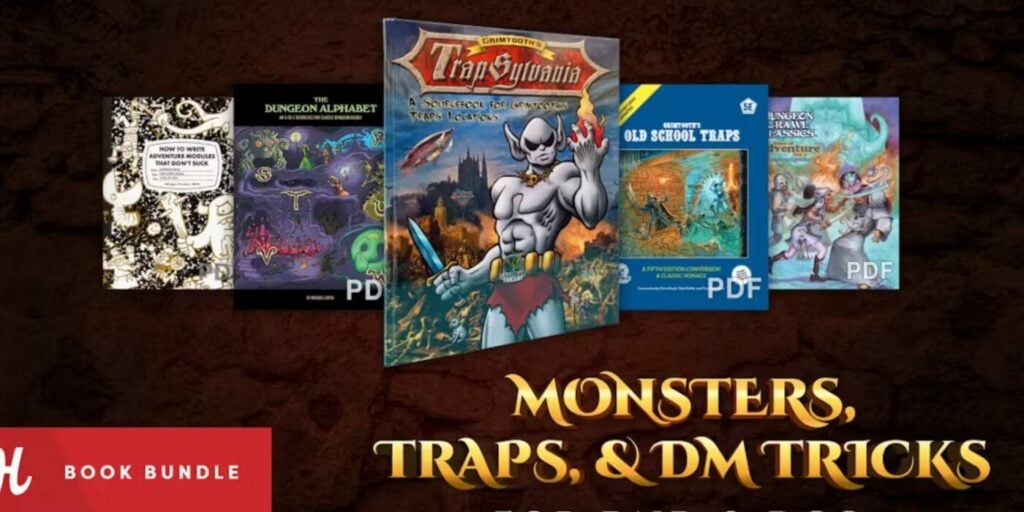RPG: So You Wanna Play Daggerheart – How To Get Started With Character Creation
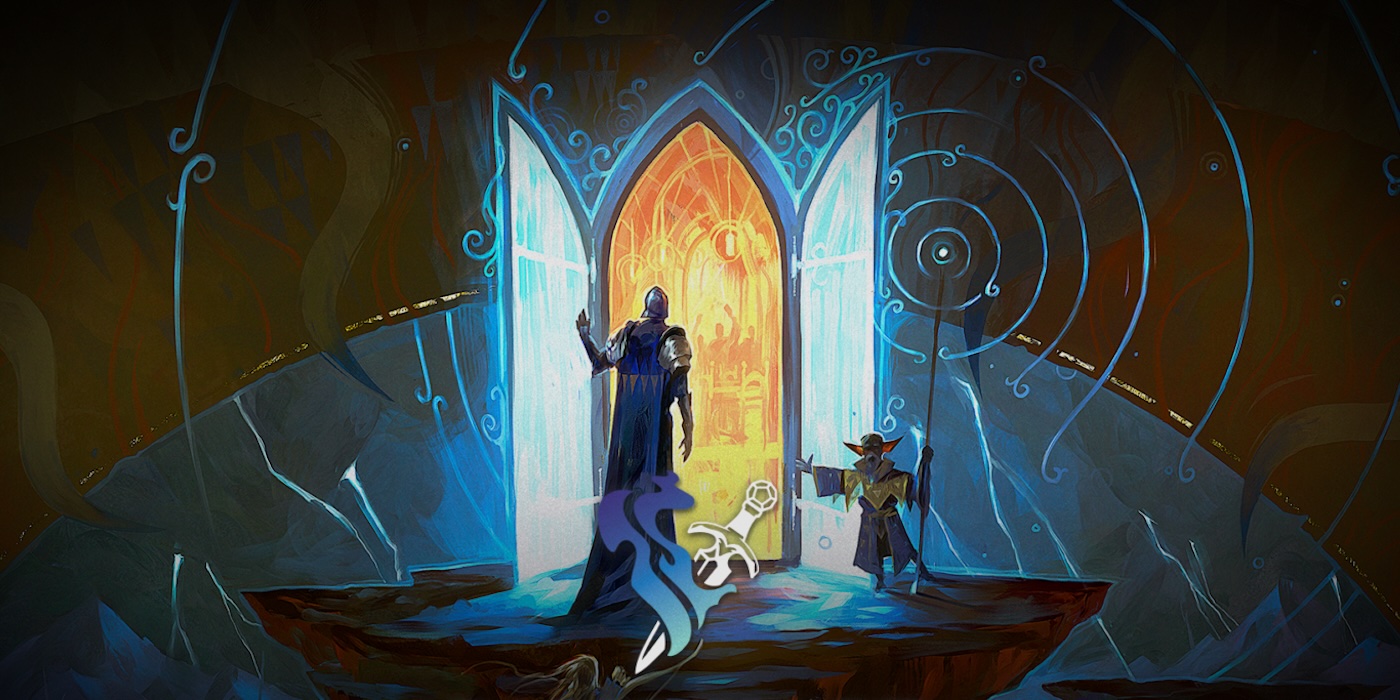
One of Daggerheart’s strongest suits is in its character creation. It’s familiar enough—until it starts to break new ground.
If Daggerheart is about one thing, it’s about making a cool character that you grow and develop as you play through a short or long campaign. Not that they don’t run the risk of dying—Daggerheart has some extremely dramatic rules for resisting death, dying, and risking it all that leads to some amazing decisions. You can see it in action in the Age of Umbra.
But even in the campaign settings where your character should prepare to die, the character is still at the heart of the game. Which is why, if you want to get started with Daggerheart, you should really start with Character Creation. How does it work? What do you need? What are the elements of a character? Let’s find out.
Daggerheart Character Creation In Nine Easy Steps
Characters are the heart of Daggerheart (pun intended). And unsurprisingly, character creation is one of the more complex bits of rules. But though it’s ultimately a nine-step process, it’s not the worst. If you’ve made a character in any RPG, you’ll be familiar enough. After all, there are only so many ways to invent the wheel. Especially in a game like Daggerheart which wears its influences proudly.
But familiarity breeds contempt. Or, in this case, familiarity breeds missing some of the important details. So let’s take a look at what exactly you have to do when you’re making a character in Daggerheart. And in this game, it all starts with class.
Technically it starts with your daydreams, because again, it’s all about the character you want to play. But once you’ve decided you’re going to be a Pirate or a Land Pirate or a Sky Pirate, you pick your class. There are nine different classes, each with two different subclasses:
- Bard
- Druid
- Guardian
- Ranger
- Rogue
- Seraph
- Sorcerer
- Warrior
- Wizard
And if those seem familiar—again, you’re not wrong. The bones of D&D are there. Wizards, Sorcerers, Rogues—but where these classes stand out is in the elements that make up each of them. Because you have more choices for your character in Daggerheart, from what class features you pick to the various abilities you use. And this last one is probably the one that players will latch onto first.
Characters in Daggerheart typically command two different Domains (though you can multiclass). A Domain is both a thematic description of what your character does and more importantly a collection of abilities. In Daggerheart’s nine steps, you’re not supposed to look at these until towards the end, but uh, listen I know players—this is the first place you’re going to flip. Here’s the official guide:
- Pick Class
- Pick Heritage
- Pick Character Traits (ability sccores)
- Derive your derived statistics
- Choose gear
- Create Background
- Create “Experiences”
- Choose your Domain abilities
- Create Connections
Easy, right? But I’d bet that most people will start looking at what the Domain Abilities they can pick are. So let’s talk about those.
Daggerheart Character Creation: Domain-o Effect
Domains are the core building blocks of Daggerheart’s classes. These are thematic collections of powers. You can think of them as akin to D&D spells, but every class gets to use them, an idea that 4th Edition was demonized for, and that 5th Edition players keep trying to reinvent.
Every class gets two Domains, and pointedly, every class overlaps Domains with one other class. This is so you can coordinate and see how each theme can be represented differently. The domains are: Arcana, Blade, Bone, Codex, Grace, Midnight, Sage, Splendor, and Valor. Each domain covers a wide archetype. Blade is all about doing swords good, for instance. Sage, on the other hand, is all about nature powers and being a Ranger, basically.
You get to pick powers from the two Domains your class has access to. You start with two, and eventually can have up to five available to use at once. Once you have more than five powers, you have to decide which are your active ones, and which ones you’ll keep in a metaphorical vault, ready to be swapped to after an appropriate rest.
Heritage, or How to Be a Weird Little Guy
The next thing that you’ll probaby look at is Heritage stuff. This is another section that should feel familiar to D&D players. You pick what kind of weird little (or not so little) guy you’re going to be. There are turtle people, mushroom people, cat people, frog people, orcs, elves, faeries, legally distinct tieflings – the list goes on. Each option gives you two abilities that can inform your playstyle. There are a lot to go with.
Though I do like that it doesn’t feel like you have to pick one heritage to be the best at one kind of class. The abilities accompanying each heritage are all appealing to any class. It’s very much an extension of more modern day ttrpg design—what kind of guy you are determines some weird minor stuff you can do, but it doesn’t always come into play unless you try and make it happen, consciously. The option is there for players who like “getting into builds” but it’s not the assumed approach.
Unfamiliar Territory (Unless You Play a Lot of Fiction-First Games, in Which Case This is Familiar Ground)
Don’t worry. Just because there are discrete spells, and characters have to assign modifiers to six different ability scores (Agility, Strength, Finesse, Instinct, Presence, Knowledge), you still get to play with all the familiar the “fiction-first” bells and character features. The parts that you normally gloss over in a game like D&D have a lot more weight, mechanically, in Daggerheart.
This is because it borrows from and is inspired by many of the finest fiction-first games. If you’re familiar with these kinds of games, you might recognize FATE’s Aspects, PbtA’s advancements and graded success (and GM moves but that’s another story), Blades in the Dark’s stress and armor. The list goes on.
If you come to Daggerheart from playing games like D&D you’ll want to make note of a few things. First up, your gear plays a pretty big role in what you do. It’s an important choice—weapons and armor aren’t restricted by character class. You don’t have proficiencies the way you do in D&D, your gear just has consequences for your character. You could absolutely play a Wizard in full plate armor, you’d just have a -1 to your Agility and a -2 to your Evasion, meaning it’s easy for you to get hit, but you’re in full plate.
Weapons, similarly are available very broadly. There are two broad kinds: physical weapons and magic weapons. Physical weapons do physical damage, magical weapons do magical damage and require you to have the Spellcast trait, which means every class except for Guardians and Warriors can use magic weapons.
Each weapon has a stat associated with it, you add that stat to attack rolls—but not to damage rolls. Damage is determined by weapon exclusively. There’s a lot of little choices that go into picking your weapon. Some give you a penalty to a stat, others give you bonuses to damage. As you level up you’ll find higher level weapons that do more damage and have more cool abilities associated with them.
Similarly your Experiences are like FATE Aspects. These are little phrases that describe your character and can be things like “lone wolf” or like “knight of the woods”. They have certain narrative implications about who you are and what you’ve done. And whenever you can justify them coming into play, you can spend a Hope point and add that modifier to your roll.
So think carefully because you’ll probably be doing that a lot. At any rate, all of this should get you started creating your first Daggerheart character. I’d recommend making a character or two before you play to get a feel for the system. Because to me, Daggerheart has a lot of little similarities with other systems, and the only way to iron out the wrinkles is in the doing.
Daggerheart – the name suggests it, but did you know that daggers do more damage than rapiers?

